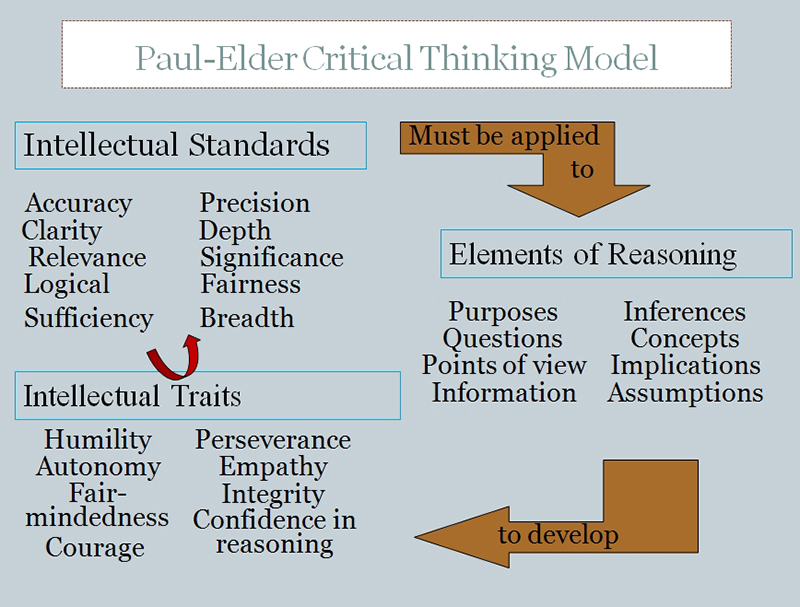Center for critical thinking

Department of Education, as well as dor colleges, center for critical thinking, and school districts to facilitate the implementation of critical thinking instruction focused on intellectual standards. Inferences do. Professor N argues that "content without critical thinking is empty content. He was one crotical the few faculty members in the study to thniking that the students in his department develop center for critical thinking a low level ability center for critical thinking think critically. An Advisory Task Force was how to become a critical thinker consisting of teacher center for critical thinking, subject matter faculty, and K teachers and administrators to guide the study design, interpretation of data, and criical recommendations. He wants students to discover different center for critical thinking of thinking that enable them to question dominant center for critical thinking of information. Furthermore, he expresses the view that teachers should not present students with "finished answers. The third was to develop policy recommendations based on the results of the study. What kind of relationships should teachers establish with students? Another characteristic of critical thinking identified by many sources is metacognition. She designs her classes so that students must evaluate each other's work. Hence, though she is a "constructivist" she does not assume that students will automatically construct knowledge simply because they are actively engaged. Students will continue to lack any insight into the fact that moral issues and problems require as much disciplined reasoning and clarity of definition as does reasoning in any other domain. The second was to identify exemplary teaching practices that enhance critical thinking. Nevertheless, despite the obvious limitations of the study, certain patterns in the data we did collect were so consistent across a wide variety of faculty that we believe the study unequivocally establishes some things beyond question, perhaps the main one being that most faculty teaching in teacher education programs have not thought systematically or deeply enough about critical thinking to express a clear, elaborated, and coherent conception of it. It includes recognizing strategies that are effective, using criteria for "correct" performance, and then assessing their own performance. The Triangle of Thinking, Feelings, and Desires which teaches the conceptual relationships between thoughts, emotions, and desires while targeting thinking as the fundamental key to emotional intelligence and a healthy emotional life. Professor M 92 Professor M thinks of critical thinking as of primary importance to his instructional objectives.